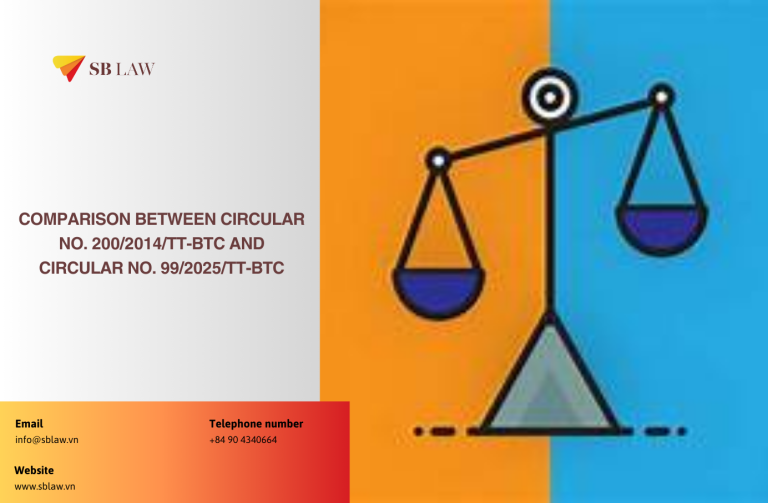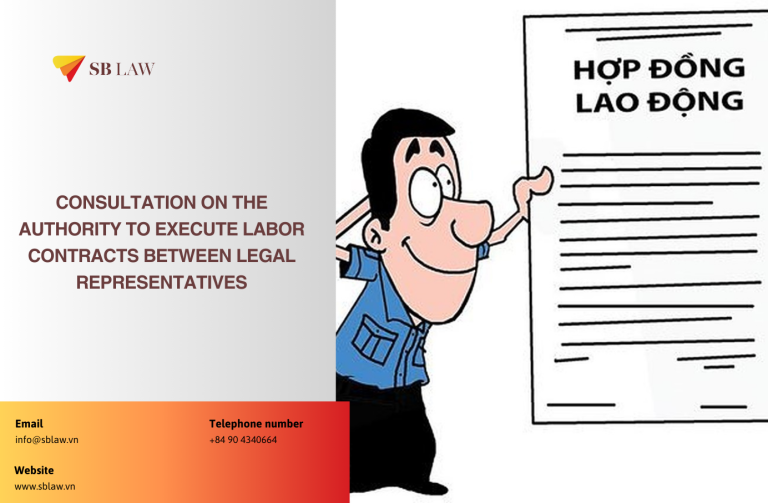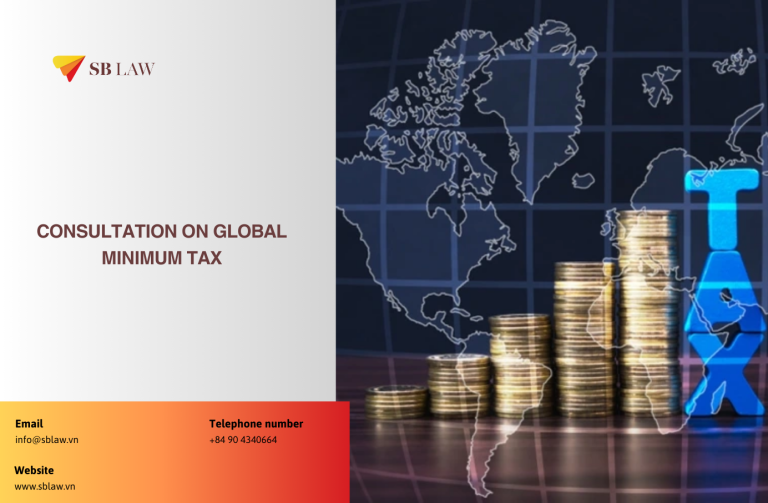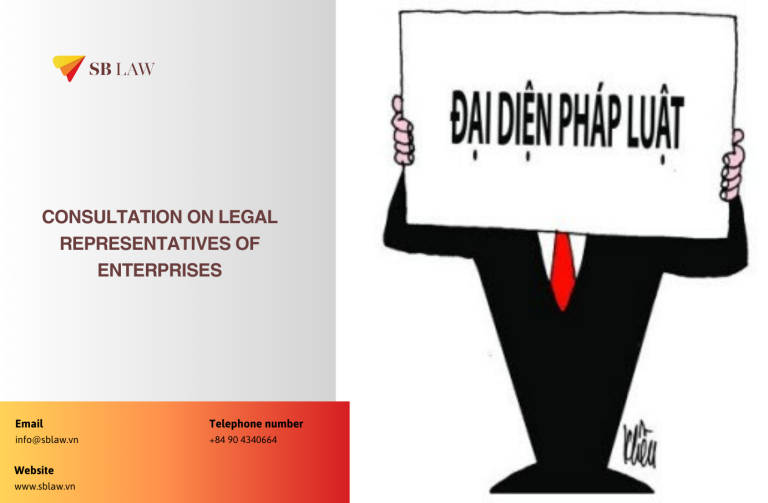According to the regulations, when distributing dividends to shareholders, are we required to distribute them all at the same time? When distributing dividends, What should we take into account to ensure valid records and documents?
Answer:
1. Conditions for dividend distribution
According to the provisions of Clause 1 and Clause 2, Article 135 of the Enterprise Law 2020, when distributing dividends to shareholders, the company need to comply with a number of conditions for each specific case as follows:
(i) Dividends paid on preferared shares are subject to conditions applicable to each type of preferred share.
(ii) Dividends paid on common shares are determined based on the net profit realized and the dividend payment is deducted from the company's retained earnings. A joint stock company may only pay dividends on common shares when it meets all the conditions specified in Points a, b, c, Clause 2, Article 135 of the 2020 Enterprise Law, in details:
a) The company has fulfilled its tax liabilities and other liabilities as prescribed by law;
b) The company’s funds are contributed to and the previous losses are made up for as prescribed by law and the company's charter;
c) After dividends are fully paid, the company is still able to fully pay its debts and other liabilities when they are due.
2. Dividend payment process
According to the provisions of Clause 4, Article 135 of the Enterprise Law 2020, dividends are distributed according to the following process:
“ Dividends must be paid in full within 06 months from the date of closing of the Annual General Meeting of Shareholders. The Board of Directors shall prepare a list of shareholders entitled to receive dividends, determine the dividend amount paid for each share, the time limit and form of payment at least 30 days before each dividend payment. Notice of dividend payment shall be sent by a method to ensure that it reaches shareholders at the address registered in the shareholder register at least 15 days before the dividend payment is made. The notice must include the following categories:
a) Company name and head office address of the company;
b) Full name, contact address, nationality, legal document number of the individual for individual shareholders;
c) Name, enterprise code or legal document number of the organization, head office address for shareholders that are organizations;
d) Number of shares of each type of shareholder; dividend rate for each share and total dividend that the shareholder receives;
e) Full name and signature of the Chairman of the Board of Directors and the legal representative of the company. ”
Thus, according to the law, it is not required to distribute dividends to all shareholders at the same time, but the company must do the following:
a) Make a list of shareholders receiving dividends
b) Notice to shareholders
c) Meet the conditions on dividend payment deadline
3. Notes for valid documents
When distributing dividends to shareholders, please note the following:
Step 1: Hold a Board of Directors meeting: The Board of Directors must hold a meeting to agree on the proposed dividend payment level as prescribed in Point o, Clause 2, Article 153 of the Enterprise Law and submit it to the General Meeting of Shareholders for approval. The Board of Directors meeting will be held in accordance with the provisions of Articles 157 and 158 of the Enterprise Law 2020.
Step 2: Shareholders' Meeting: In the annual shareholders' meeting, the shareholders' meeting must consider and approve the dividend payment plan and decide on the dividend rate for each type of share. The annual shareholders' meeting is conducted in accordance with the provisions of Articles 139, 140, 141, 142, 143, 145, 146, 147, 148, 149, 150, 152 of the Enterprise Law 2020
Step 3: Board of Directors meeting to make a list of shareholders receiving dividends: The Board of Directors makes a list of shareholders receiving dividends, determines the dividend level paid for each share, the deadline and form of payment at least 30 days before each dividend payment as prescribed in Clause 4, Article 135 of the Enterprise Law 2020.
Note: In case a shareholder transfers shares between the time of completion of the shareholder list and the time of dividend payment, the transferor is the person receiving dividends from the company according to the provisions of Clause 5, Article 135 of the Law on Enterprises 2020.
Step 4: Notice to shareholders : Send notice to shareholders at least 15 days before paying dividends, note that the notice must be sent to shareholders at the address registered in the shareholder register as prescribed in Clause 4, Article 135 of the Law on Enterprises 2020.
Step 5: Proceed to pay dividends to shareholders: however, they must be paid in full within 06 months from the date of closing of the Annual General Meeting of Shareholders as prescribed in Clause 4, Article 135 of the Law on Enterprises 2020.
In addition, it is necessary to note the method of dividend payment: According to the provisions of Clause 3, Article 135 of the Enterprise Law 2020
- If dividends are paid in cash : they must be made in Vietnamese Dong and according to payment methods prescribed by law.
- If paid by shares : the company does not have to carry out procedures for offering shares as prescribed in Articles 123, 124 and 125 of the Enterprise Law 2020. The company must register to increase its charter capital corresponding to the total par value of the shares used to pay dividends within 10 days from the date of completion of dividend payment.
- Dividends in other assets: must be specifically stated in the Company's Charter.
READ MORE >> How to prevent "black credit" effectively?




